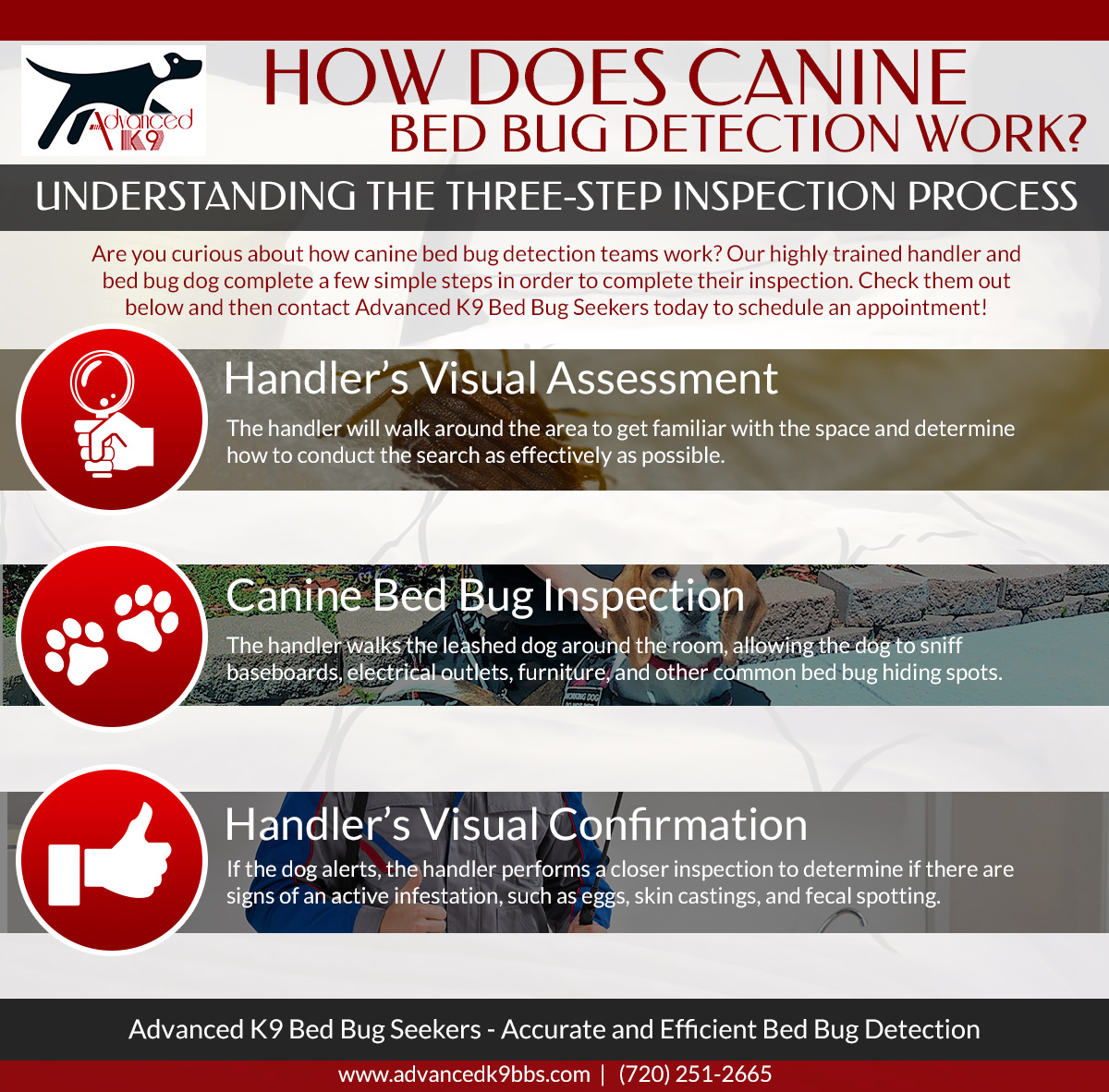Rumored Buzz on Bed Bug Services
Table of ContentsExamine This Report on Bed Bug ServicesOur Bed Bug Services IdeasThe Only Guide for Bed Bug ServicesOur Bed Bug Services Diaries
A thorough bed bug inspection by experts is far more detailed than a casual glance and relies on expertise. Bed bugs are difficult-to-detect, fast-moving pests that hide in narrow spaces, corners, and upholstery. Because of their stealthy behavior, a thorough inspection is essential to determine the presence and extent of an infestation. Professional inspectors employ a range of techniques, tools, and expertise to detect bed bugs accurately, preventing spread and further infestation.The first step in any professional inspection involves familiarizing oneself with the biology of bed bugs. Bed bugs belong to the Hemiptera group and undergo a life cycle that includes eggs, nymph stages, and adulthood. Adults are typically small, oval-shaped, reddish-brown, wingless, and equipped with long legs and antennae. Their feeding apparatus injects anticoagulants while drawing blood, producing skin irritation and visible marks. Knowing these traits guides professionals in locating infestations.
Early detection is essential for stopping the problem from spreading. Professionals look for specific indicators such as tiny ink-like droppings, molted skins, and egg clusters (Bed Bug Services). Female bed bugs are capable of laying hundreds of eggs, resulting in serious outbreaks. Evidence of discarded skins and eggs signals ongoing activity and demands thorough examination
Preparing for an inspection requires attention to detail. Inspectors often advise removing items that block access, which facilitates examination of hard-to-reach areas. Bedding and linens may be treated with heat before inspection, and then stored in sealed bags to prevent re-infestation. Wall decor, mirrors, and pictures may need to be removed to check hiding places. Vacuuming furniture and floors may capture visible bugs and eggs, and vacuum bags should be discarded carefully to avoid spreading.
Examine This Report about Bed Bug Services
The inspection itself useful content is methodical and detailed. Inspectors start with beds and adjacent furniture, checking seams, folds, handles, and crevices. Upholstered furniture, including couches and chairs, is carefully examined, with attention to seams and cushions. Baseboards, moldings, the edges of wall-to-wall carpeting, electrical outlets, closets, and storage areas are also included in the inspection, as these can be frequent hiding places.
Specialized tools improve inspection effectiveness. Flashlights, magnifying lenses, multi-tools, and mirrors help inspect hard-to-see areas. Monitoring devices like interceptor traps or sticky pads help track bed bug activity over time. Some companies employ trained canines, which company website accurately identify active infestations, distinguishing them from old evidence.

Meticulous documentation is a key component. Inspectors maintain detailed notes of findings, areas affected, and next steps. This ensures accountability and offers proof of inspection. Residents are often asked to avoid disturbing potential infestation signs, as this prevents loss of critical information.
After inspection, a monitoring plan may be put in place to confirm the presence of bed bugs and track activity. Continuous monitoring assesses the effectiveness of treatment, and asking residents about bites and sightings supplements physical inspection. Cooperation from residents supports the inspection process.
The 5-Second Trick For Bed Bug Services

Professional inspections provide confidence that infestations are correctly identified. Trained inspectors spot subtle signs overlooked by untrained eyes, ensure the correct pest is addressed, and provide certainty.
Bed bug inspections are particularly important in places address where infestations spread easily. Inspectors examine adjacent units, common areas, and shared furniture to identify potential spread (Bed Bug Services). This stops further spread
In summary, a professional bed bug inspection involves understanding bed bug biology, preparing the space, conducting systematic inspections, using specialized tools, documenting findings, and implementing monitoring protocols. Each step supports early detection, informs treatment, and reduces future risk.
Some Ideas on Bed Bug Services You Need To Know
